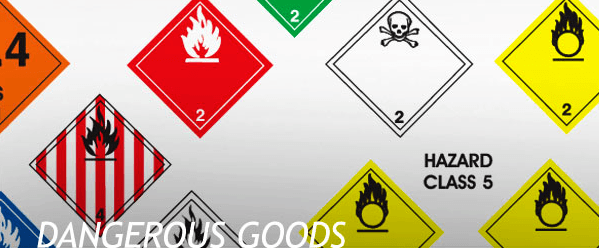The Standards and Rule-making Division of the U.S. Department of Transportation (U.S. DOT) is located in Washington, D.C. and led by the division director. The division is responsible for all aspects of rule-making, letters of interpretation and controlled correspondence, petitions for rule-making, National Transportation and Safety Board (NTSB) recommendations, administrative appeals, paperwork reduction initiatives, international position papers and agenda, and outreach.
Truck companies with questions should contact the Standards and Rule-making Division for further assistance. Division officers can be reached at 202-366-4433.
The mission of the rule-making division is “to develop regulations governing the safe and secure transportation of hazardous materials (hazmat) in commerce and provide guidance and assistance to the regulated community and other stakeholders to foster required and voluntary compliance.”
The division operates three distinct branches, each with a very specific roles and responsibilities. The branches within the division provide services in the following functional areas:
Standards Development Branch
This branch is responsible for the development of safety and security standards for the transportation of hazardous materials by all modes of transportation. The standards-setting process requires the examination of concerns expressed by government and non-government entities and requires a thorough knowledge of technological advancements, economic conditions, incident history, and regulatory activities of other agencies.
The branch works to identify the most appropriate amendments to the rules and to notify the public, as appropriate.
Enjoying our insights?
Subscribe to our newsletter to keep up with the latest industry trends and developments.
Stay InformedRegulatory Review and Reinvention Branch
This branch is responsible for improving the quality of existing and future regulations through review and revision. Regulatory modifications take place in response to technological advancements, improved hazardous materials packaging, and changes in economic factors.
In many cases these innovations and changes are permitted only by special permit although safety experience of users of these permits allows for eventual incorporation into the overall rules. Investigation of technological developments and reassessments of the risks of certain quantities and forms of materials may indicate that certain regulations are no longer essential.
This branch serves as the central source of data and information for the modal operating administration of the department relative to termination of special permits by regulatory modifications and to the elimination of regulations no longer considered necessary.
International Program Branch
This branch is responsible for promoting and enhancing consistency between hazmat rules and United Nations recommendations, the International Maritime Dangerous Goods (IMDG) Code and the International Civil Aviation Organization Technical Instructions on the Safe Transport of Dangerous Goods by Air (ICAO TI).
The branch provides timely coordination, preparation and completion of U.S. proposals submitted to the bodies responsible for the promulgation of these standards and assists in the review of proposals tendered by other governments and observer bodies. This branch supports all aspects of international rule making and harmonization projects from initiation to completion.




















